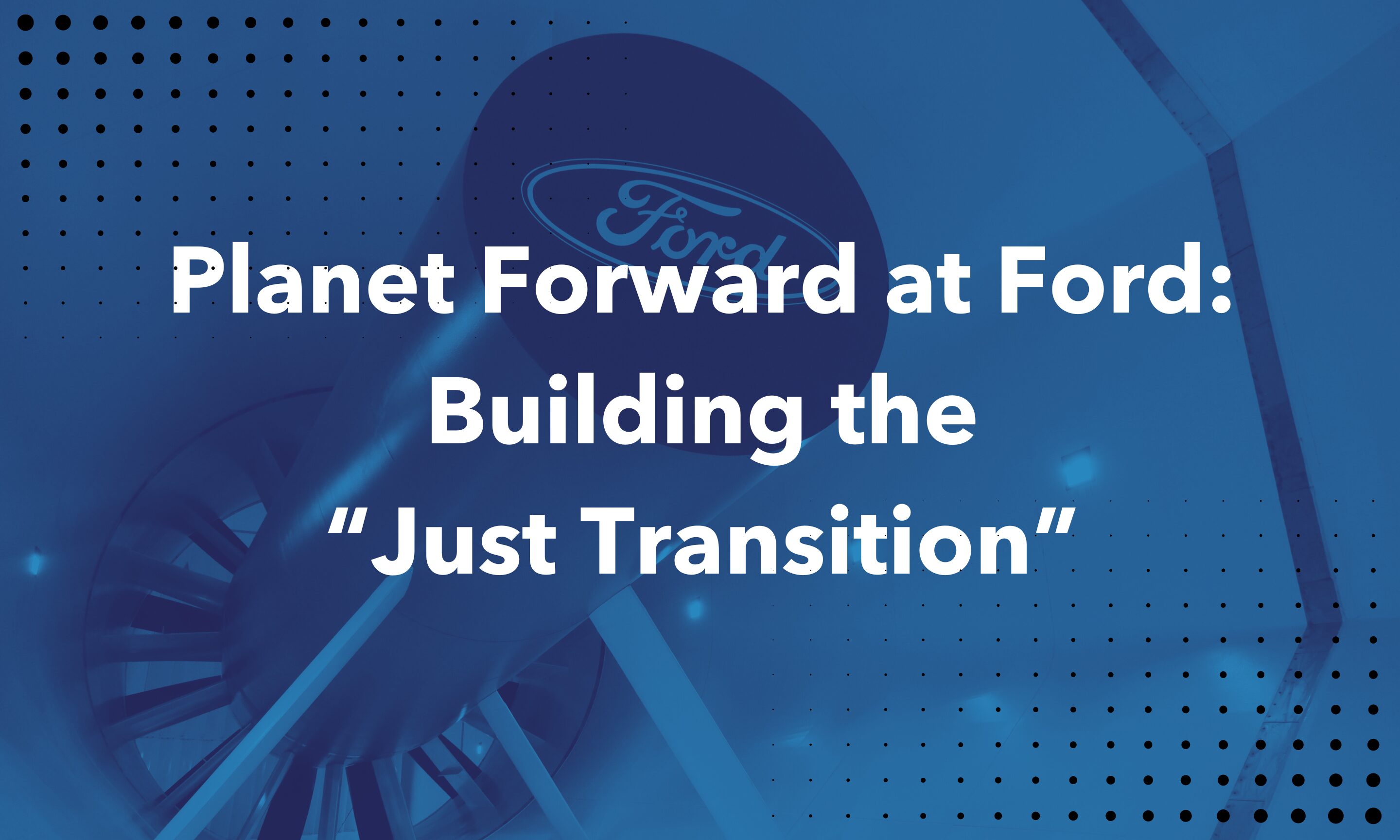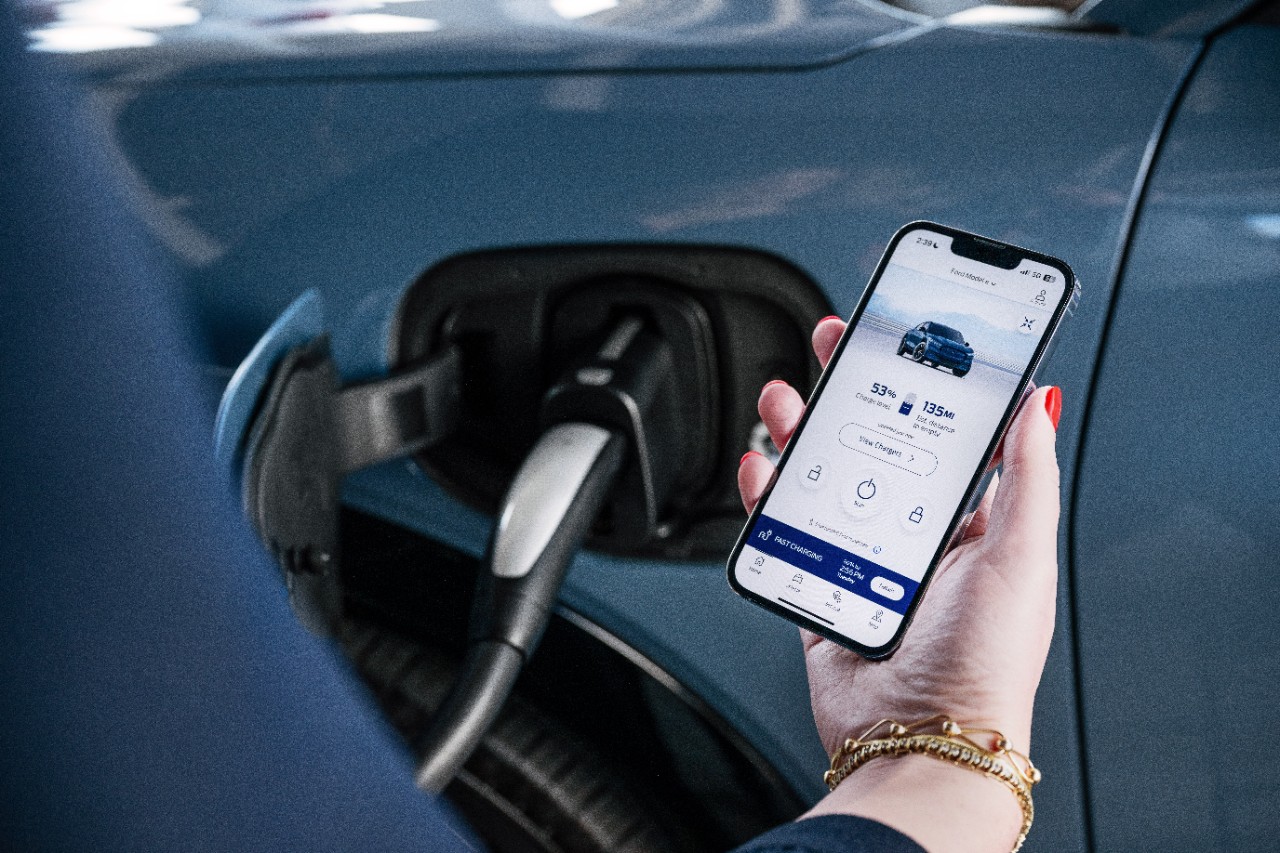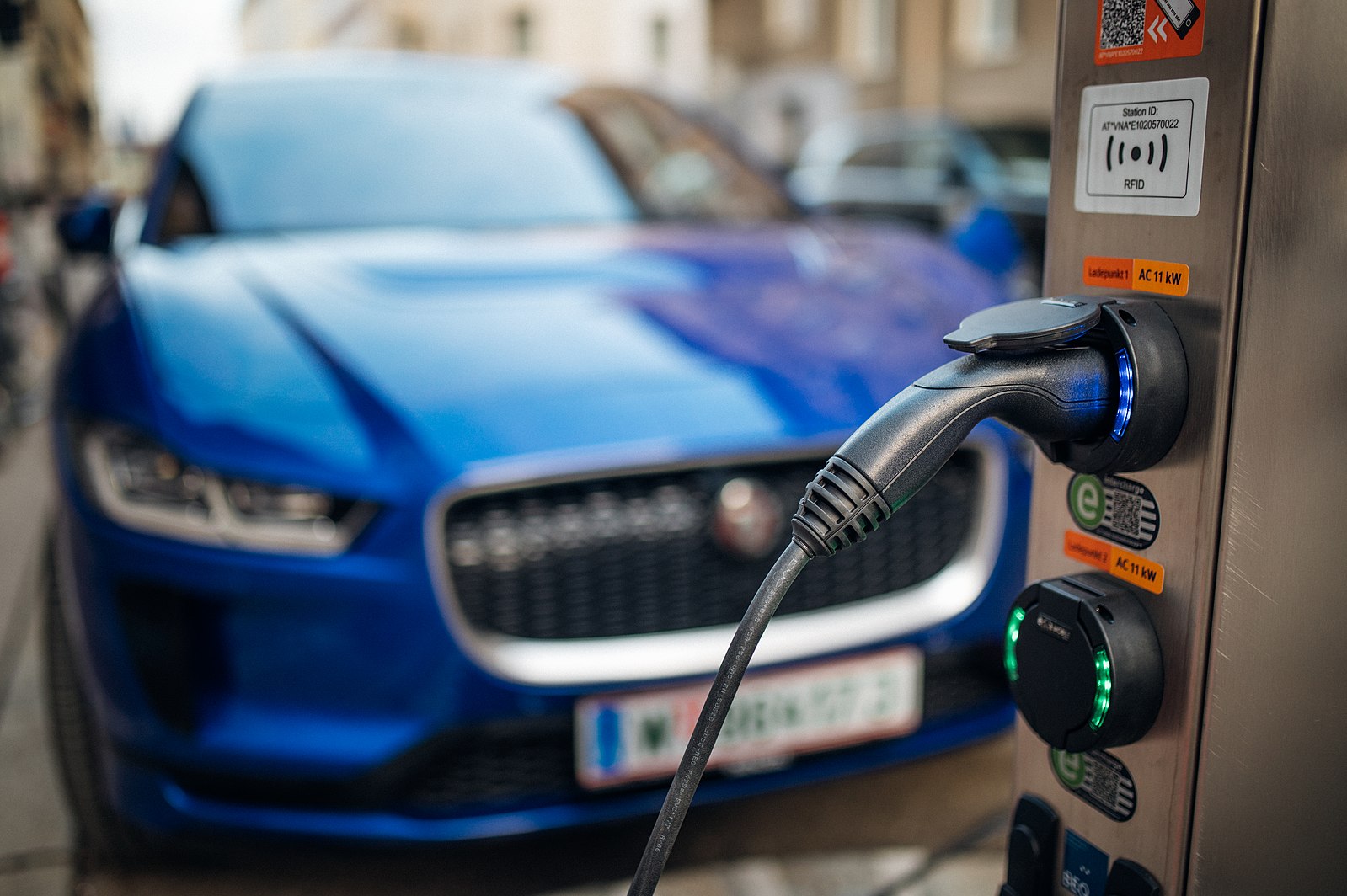
A Thousand Volts, Please!

Electric vehicles with onboard generation capability (like the Volt) represent flexible, adaptable, easily modified transportation craft.
When vehicles can utilize electricity from a variety of sources, we empower the driver with options. While photovoltaic generation cannot power the entire car, every little bit helps. Within onboard engine (again as in the Chevrolet Volt) we allow the capacity to extend driving range beyond 300 miles. Fuel engines can burn very cleanly when operated on a constant velocity basis. Butanol, flexi-fuels, CNG, hydrogen, etc. enhance green possibilities and approach net zero carbon onboard. PV and wind represent low carbon electric grid “car fuel”.
Electric vehicles SHOULD be able to use AC 120, AC 240, DC 12 to 48, pedal generator, fuel-cell, or whatever else you like. I have seen pedal-bike generators that will easily supply 12 V at sufficient current for lights, radio, etc. . Although I certainly would not want to peddle a car as its main thrust engine, an emergency crank or pedal attachment is something I want on my car.
Interestingly, jet engines are far more efficient than internal combustion engines. Notice that an Airbus travels from Boston to Las Vegas on a tanker truck worth of jet fuel. Notice that commercial power companies burn natural gas in a jet engine – not internal combustion engines. Helicopters use jet engines that are mechanically converted to drive the rotor blades.
It seems to me that the Volt style lends itself to the tinkerer. While the Prius and the Insight separately achieve efficiency by combining electric power with conventional internal combustion, I see a need to jettison the friction of the internal combustion engine, especially when torque demands surge up and down.
Internal combustion had its place.





















